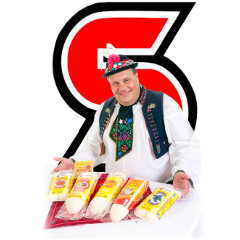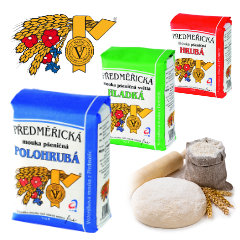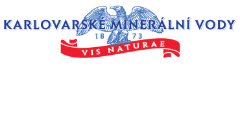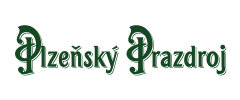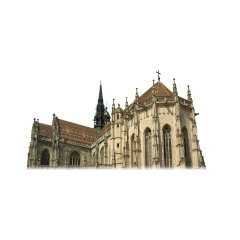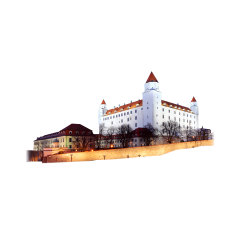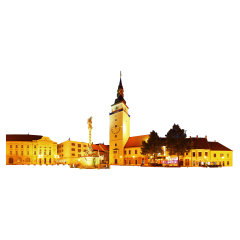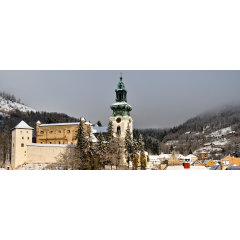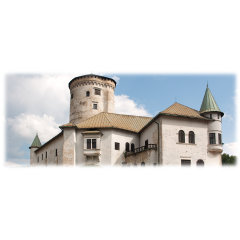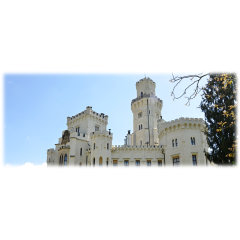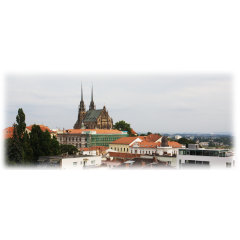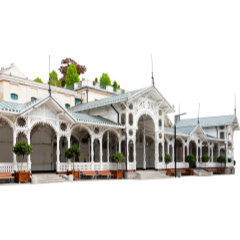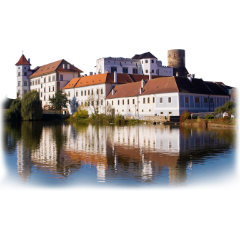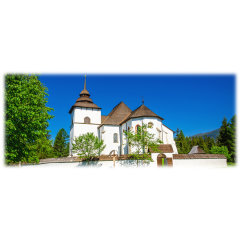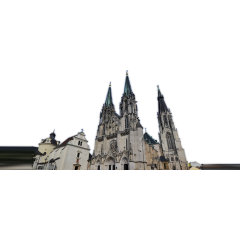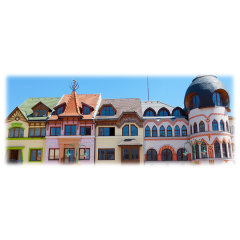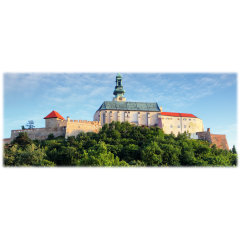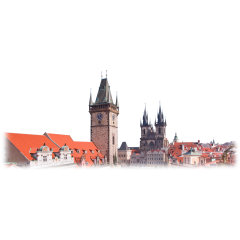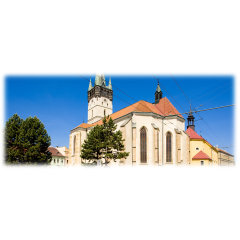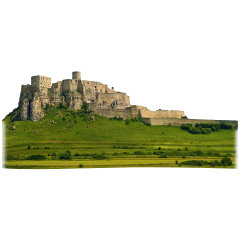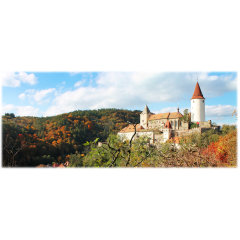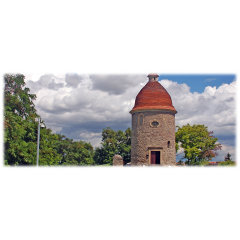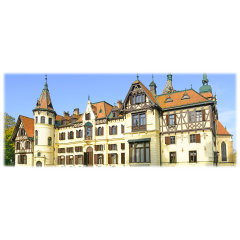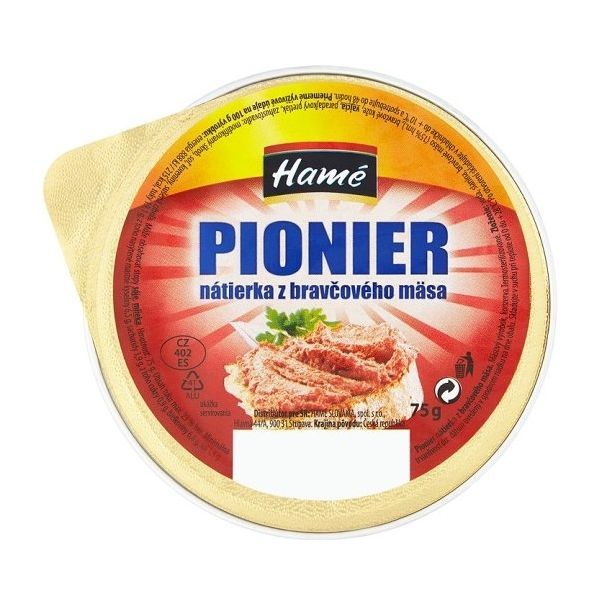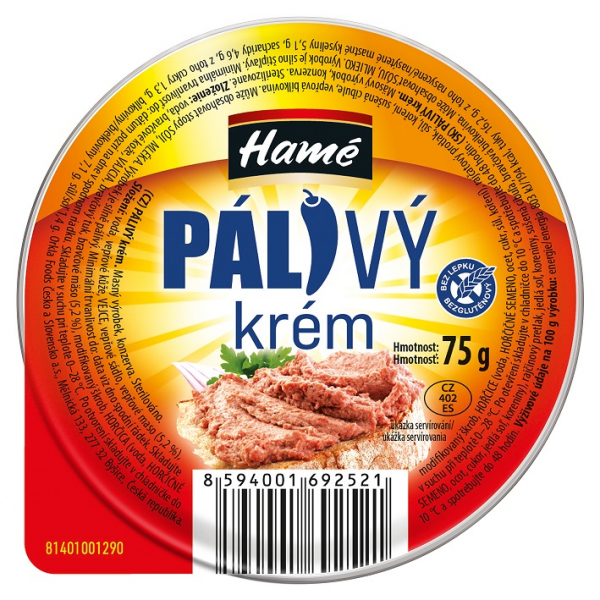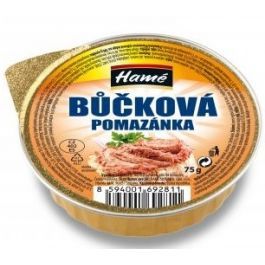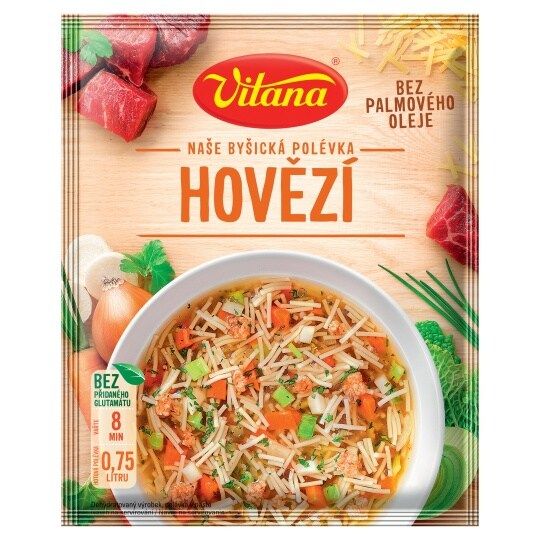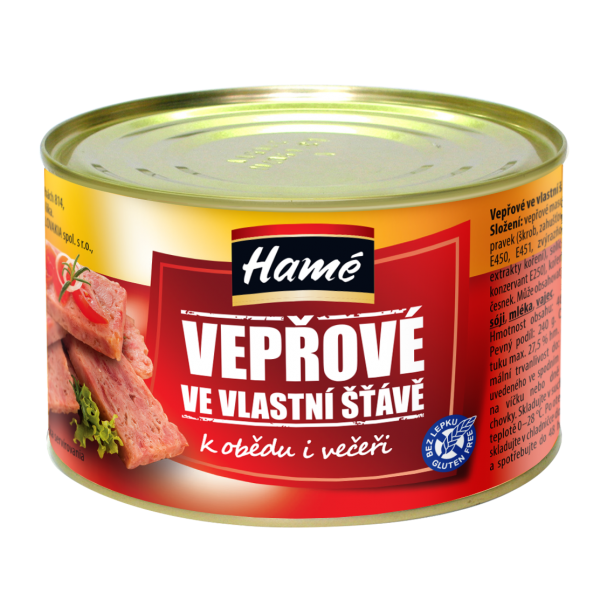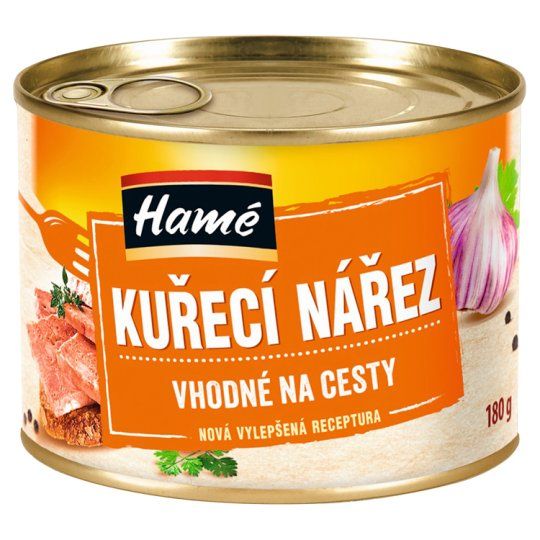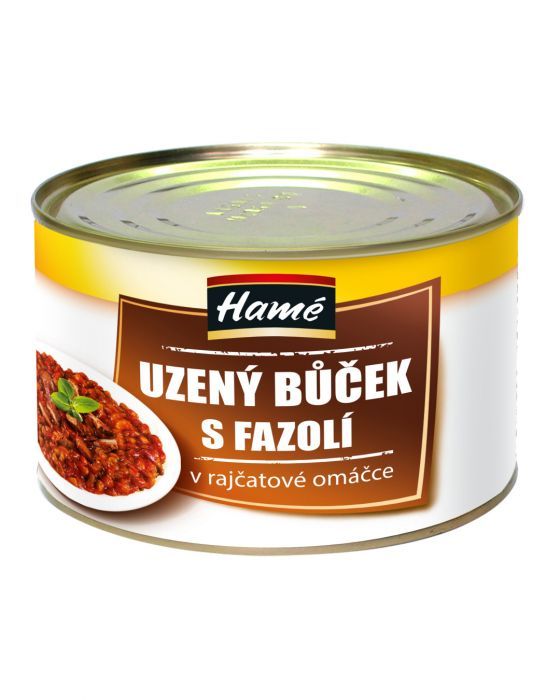Zlinsky Region
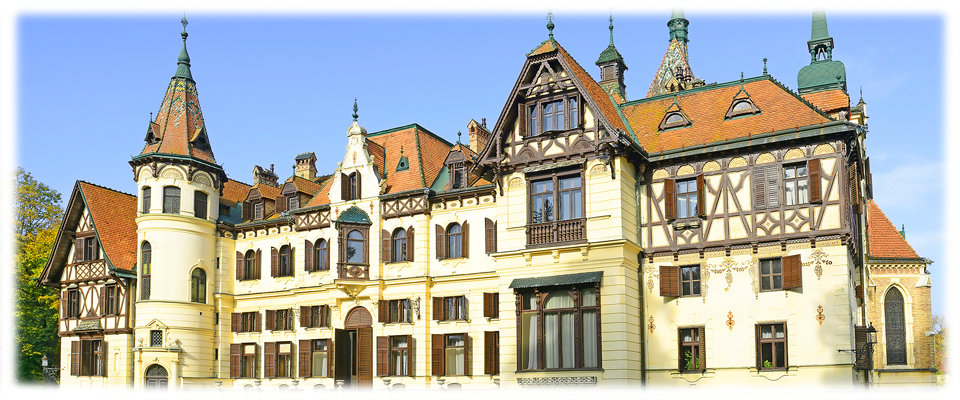
About Region
Zlín Region is an administrative unit of the Czech Republic, located in the central-eastern part of the historical region of Moravia. It is named after its capital Zlín. The region consists of Kroměříž District, Uherské Hradiště District, Vsetín District and Zlín District. According to government statistics, the Zlín Region is the safest region in the Czech Republic; it has the lowest number of assaults, rapes, suicides and road accidents in the country. Economy in the Region was and still is based primarily on capitalisation of input raw materials and semifinished products. There are two universities in the region: Tomas Bata University in Zlín and European polytechnical institute in Kunovice. The former has a public status, 6 faculties and can confer a bachelor's and master's degrees. Zlín Region is attractive for tourists featuring a number of nature, cultural and historic monuments such mountains, garden architecture, spas, wine valleys, remains of the Great Moravia empire, series of religious monuments and historically valuable buildings as well as a unique example of modern Baťa’s functional architecture.
History
The first record of Zlín dates back to 1322, when it served as a craft guild center for the surrounding area of Moravian Wallachia. Zlín became a town in 1397. During the thirty years war, the residents of Zlín, along with people from the whole Wallachian region, led an uprising against the Habsburg monarchy.
Until the late 19th century, the town did not differ much from other settlements in the surrounding area, with the population not surpassing 3,000. Though historically associated with Moravian Wallachia, Zlín stands at the corner of three historical Moravian cultural regions; Moravian Wallachia, Moravian Slovakia and Hanakia.
The town grew rapidly after Tomáš Baťa founded a shoe factory there in 1894 when the population was approximately 3,000 inhabitants. Baťa's factory supplied the Austro-Hungarian army in World War I as the region was part of the Austro-Hungarian empire. Due to the remarkable economic growth of the company and the increasing prosperity of its workers, Baťa himself was elected mayor of Zlín in 1923. he communists took over management of Zlín and Baťa factories in May 1945, in October the company Bata in Czechoslovakia was nationalized. Zlín was renamed Gottwaldov in 1949 – after the first communist president of Czechoslovakia – Klement Gottwald. The appearance of the city was significantly influenced by the construction of housing made from prefabricated concrete-slabs, typical building method in the Czech socialist era of early '70s and late '80s. After the Velvet Revolution in 1989, the city was renamed back to Zlín as of January 1, 1990.
City to know about
Zlín is a city in the Zlín Region, southeastern Moravia, Czech Republic, on the Dřevnice River. The development of the modern city is closely connected to the Bata Shoes company and its social scheme, developed after the First World War. The city's architectural development was a characteristic synthesis of two modernist urban utopian visions: the first inspired by Ebenezer Howard's Garden city movement and the second tracing its lineage to Le Corbusier's vision of urban modernity.
The Villa of Tomáš Baťa was an early architectural achievement in Zlín (the construction was finished in 1911). The building's design was carried out by the famous Czech architect Jan Kotěra, professor at Prague's Academy of Fine Arts. After its confiscation, in 1945, the building served as a Pioneers' house. Being returned to Tomáš J. Baťa, the son of the company's founder, the building now houses the headquarters of the Thomas Bata Foundation.
Baťa’s Hospital in Zlín was originally founded in 1927 and quickly developed into one of the most modern Czechoslovak hospitals. The original architectural set up was designed by František Lydie Gahura.
The Grand Cinema (Velké kino) was built in 1932 and became the largest cinema in Europe (2580 seated viewers) in its time. The cinema also boasted the largest movie screen in Europe (9 x 7 meters).
The Monument of Tomáš Baťa was built in 1933 by František Lydie Gahura. The original purpose of the building was to commemorate the achievements of Baťa before his unexpected death in a plane crash in 1932. The building itself is a constructivist masterpiece. It has served as the seat of the Bohuslav Martinů Philharmonic Orchestra since 1955.
Baťa's Skyscraper was built as the headquarters for the worldwide Baťa organization. Designed by Vladimír Karfík, the huge building was erected in 1936–1939. It included a room-sized elevator housing the office for the boss, comfortably furnished – with a sink, a telephone and air conditioning. When it was built it was the tallest Czechoslovak building (77.5 m). After a costly reconstruction in 2004, it became the seat of the Zlín Region and the headquarters of the tax office.
Nature
With its area of 3,963 km2, Zlín Region is the fourth smallest region of the Czech Republic. The character of the Region’s territory is very diverse. While parts of the region are hilly, flat fertile areas of Haná and Slovácko stretch in the Kroměříž District and the Uherské Hradiště District. The Moravian-Silesian Beskids with its highest peak Čertův mlýn mountain (1,206 m) is situated in the northern part of the region and the Maple Mountains mountain range with its highest peak of Velký Javorník (1,071 m) is located in the east. Towards the south, forming the border with Slovakia, there is the White Carpathians mountain range with its highest mountain of Velká Javořina (970 m). The highlands of Hostýn-Vsetín Highlands and Vizovice Highlands pass south of the Moravian-Silesian Beskids mountain range. On the south-western part of the Region, there are Chřiby highlands with the highest point Brdo (587 m). The Upper Moravian vale passes through from the west among the highlands of Chřiby highlands and above mentioned hilly countries through the Kroměříž District up to the Zlín District. The Lower Moravia vale passes through along the Morava River in the Uherské Hradiště District to South Moravian Region.
Most of the streams in the area flow to Morava River. The most important ones are the Bečva River in the northern part and the Olšava River in the southern part. Morava River is the biggest river of the Region flowing through both the vales from west to the south.











